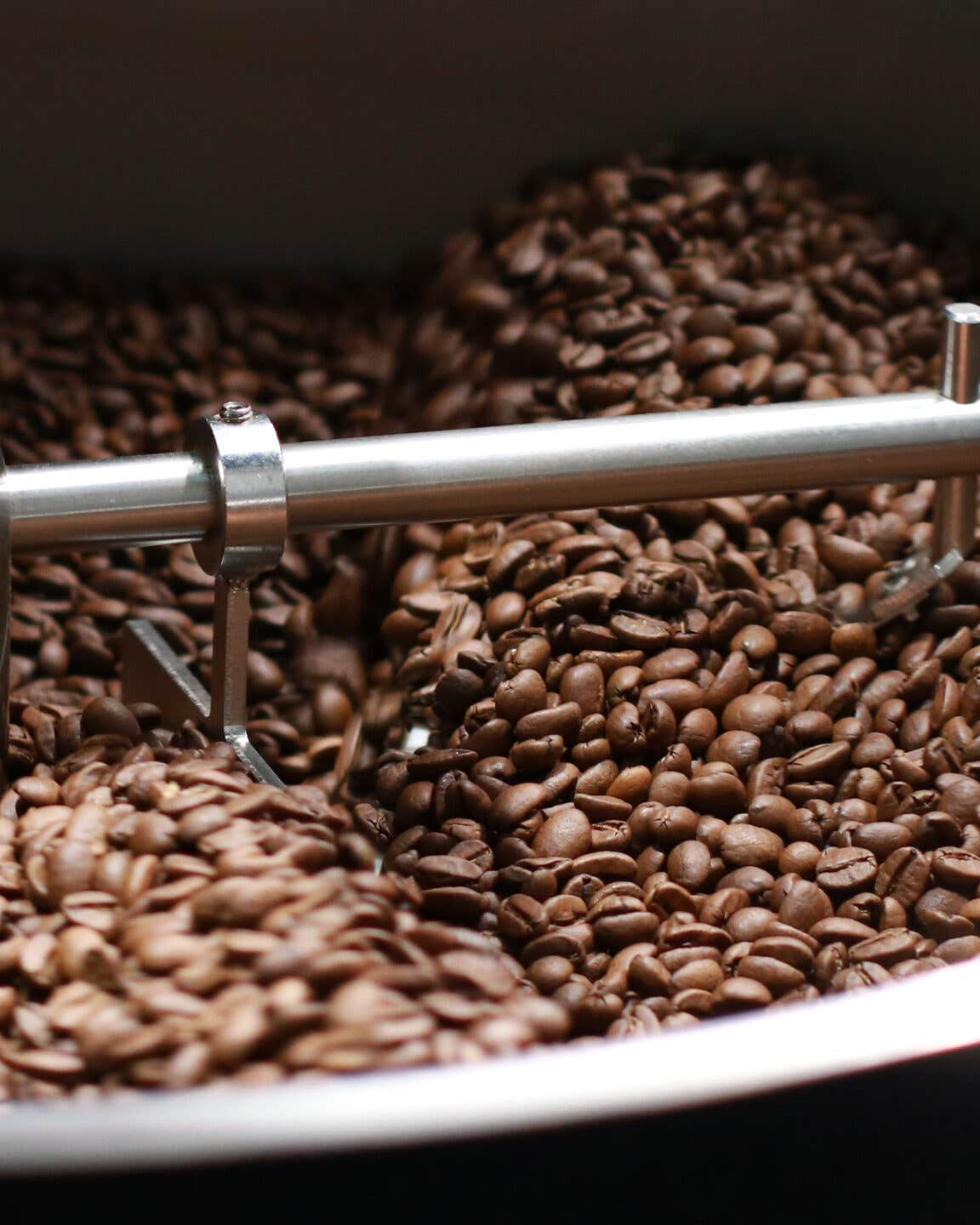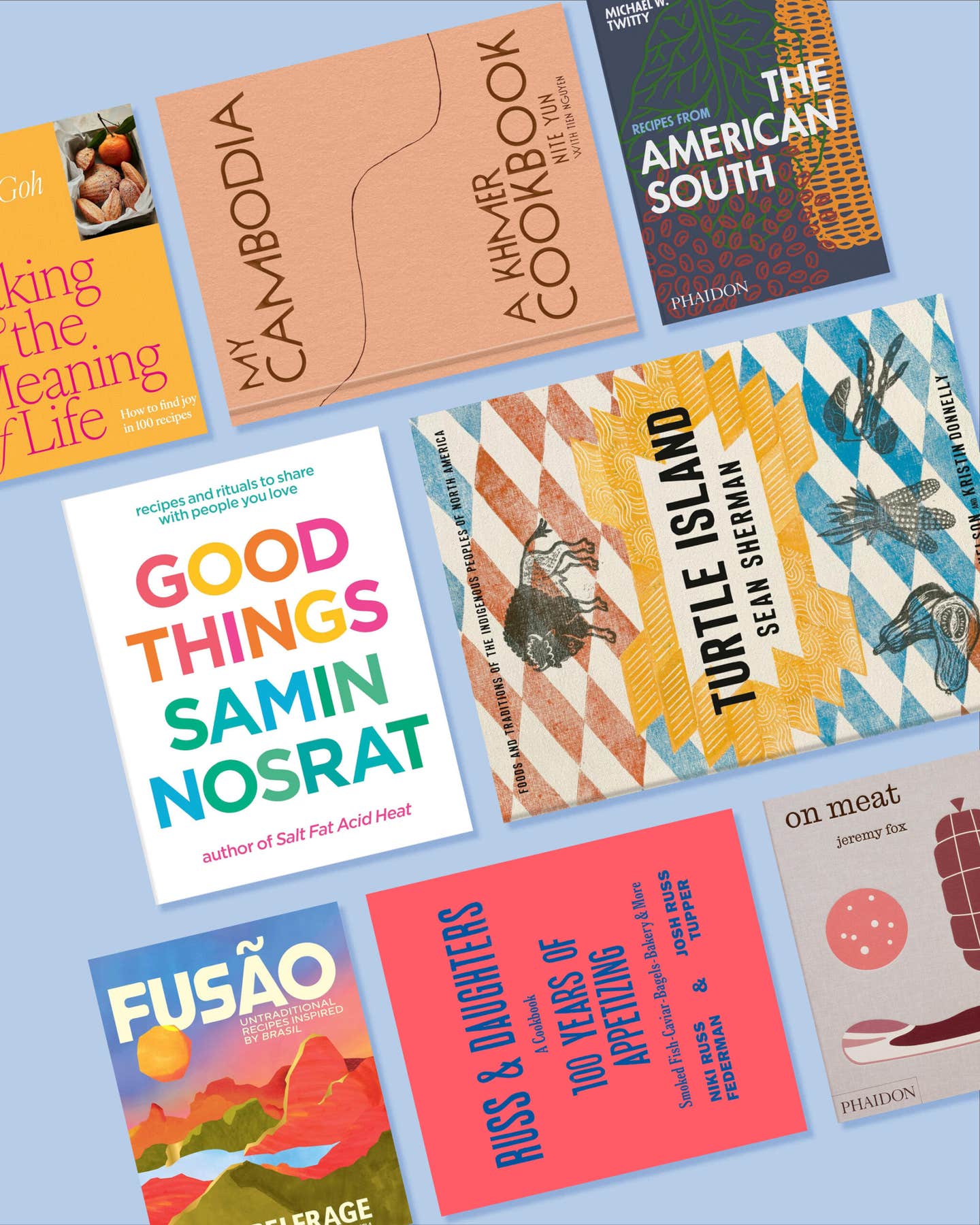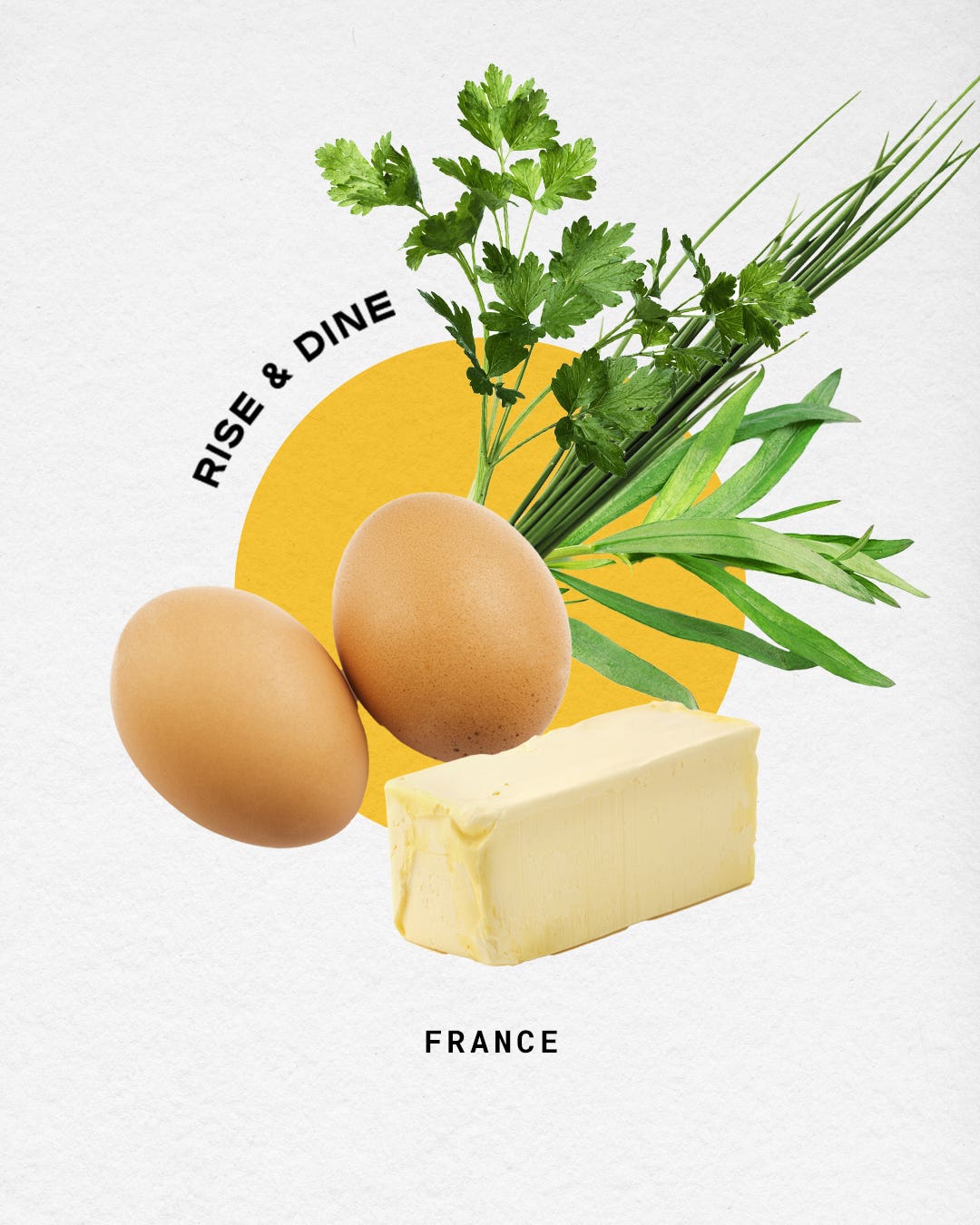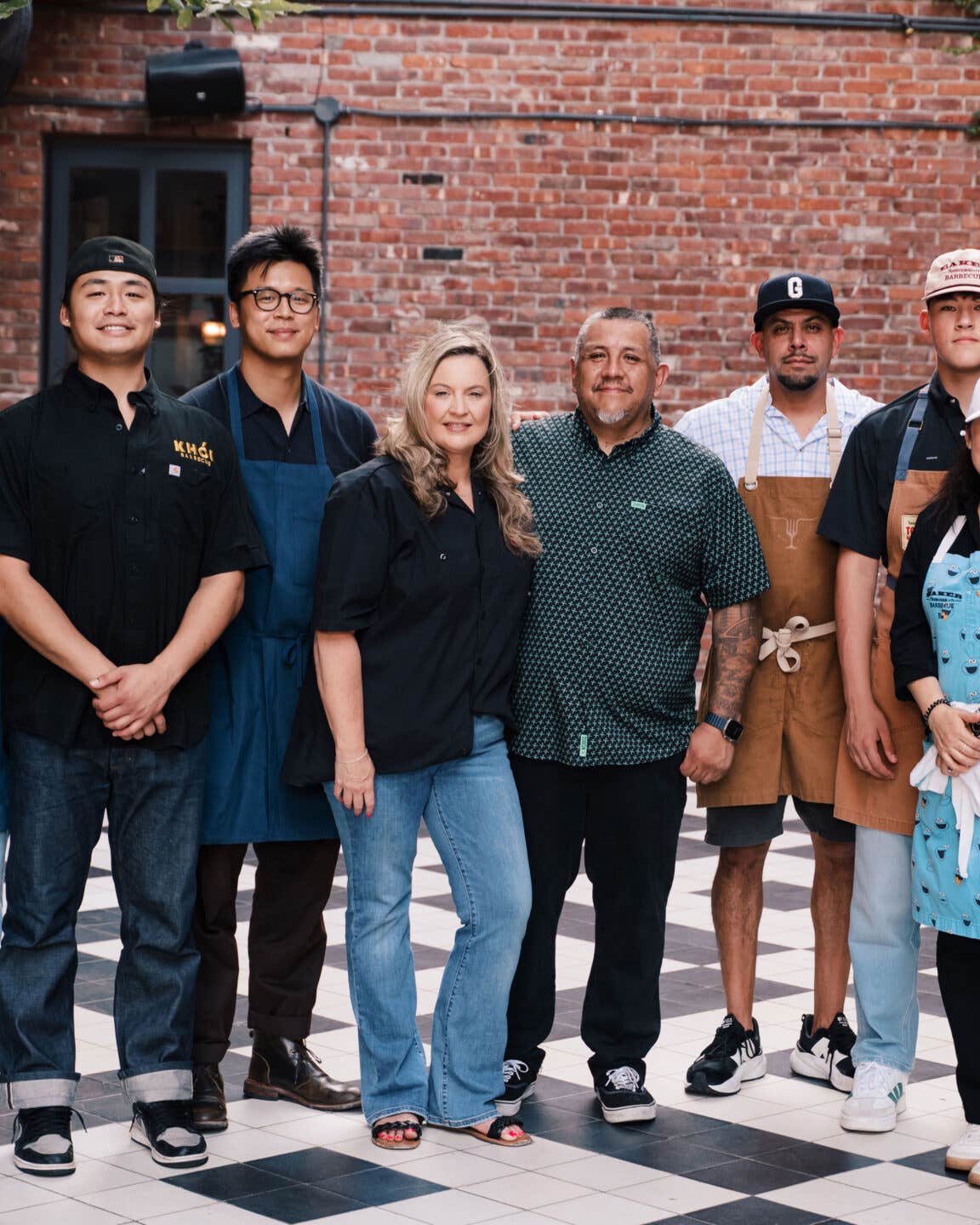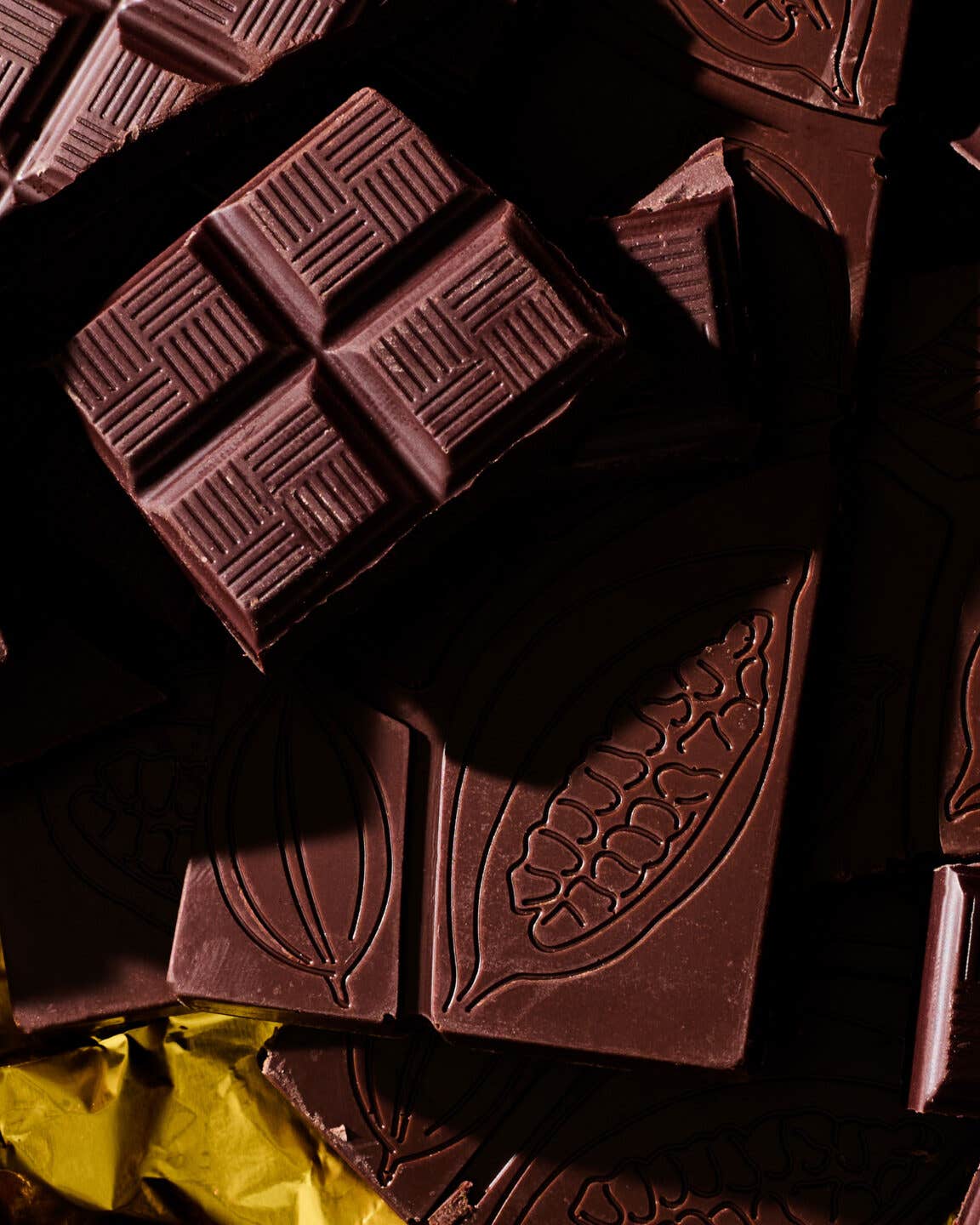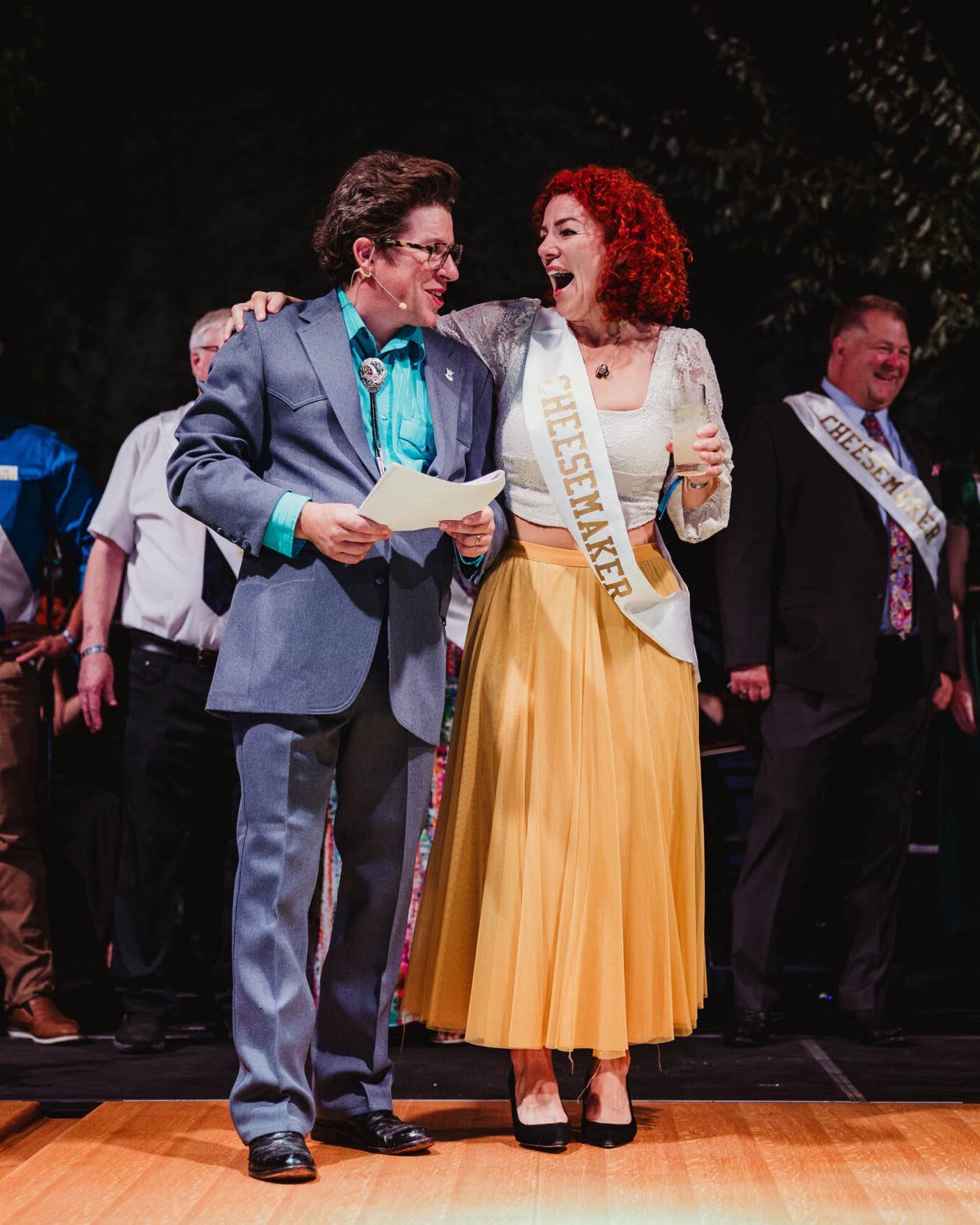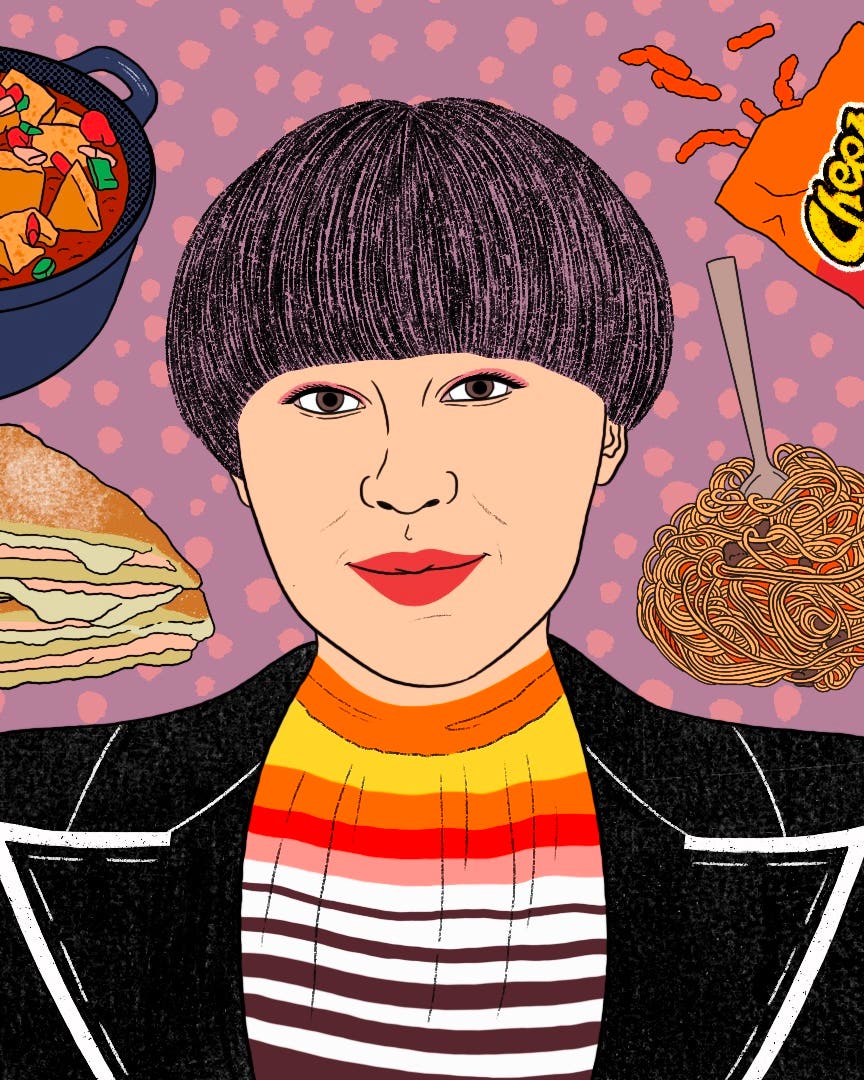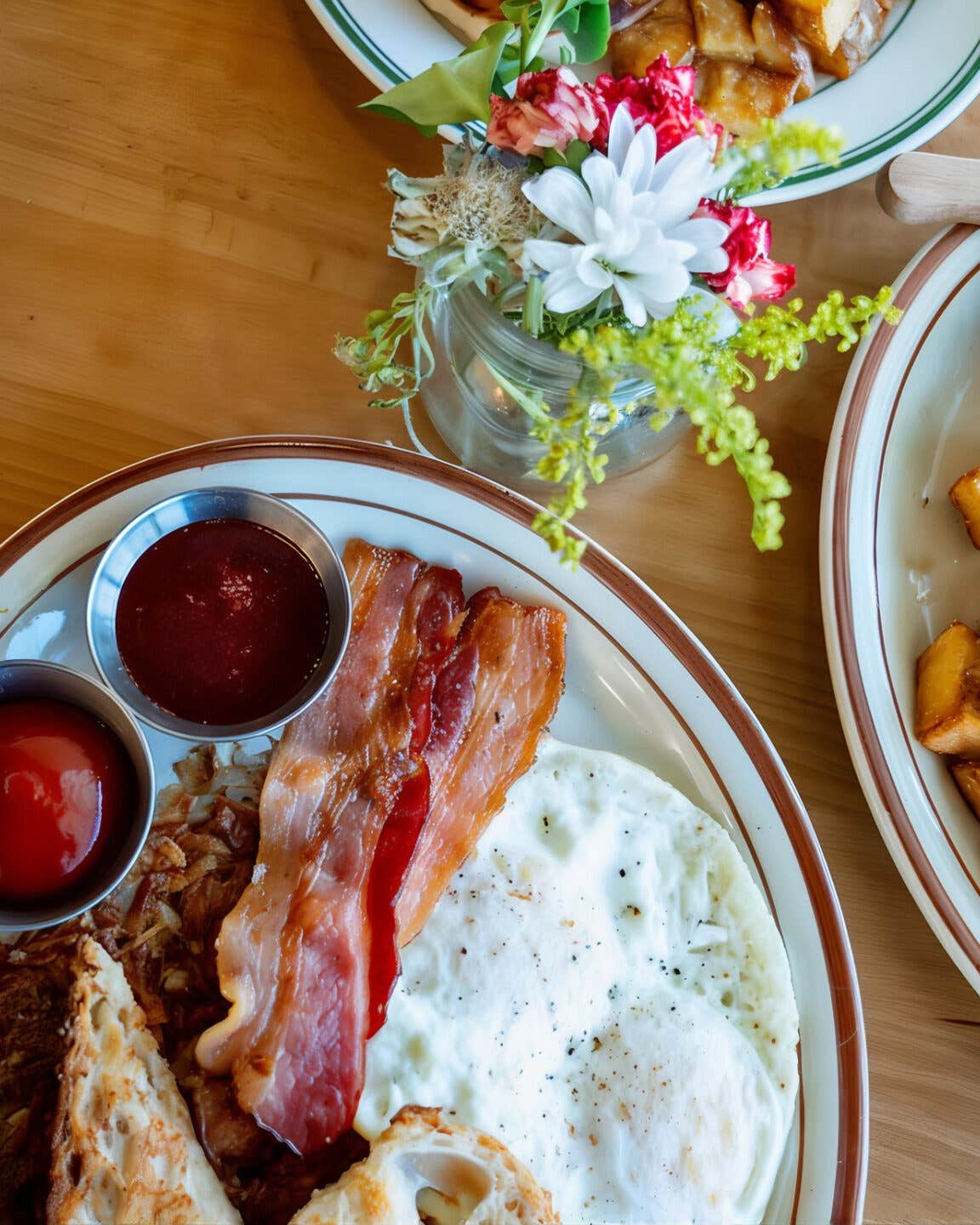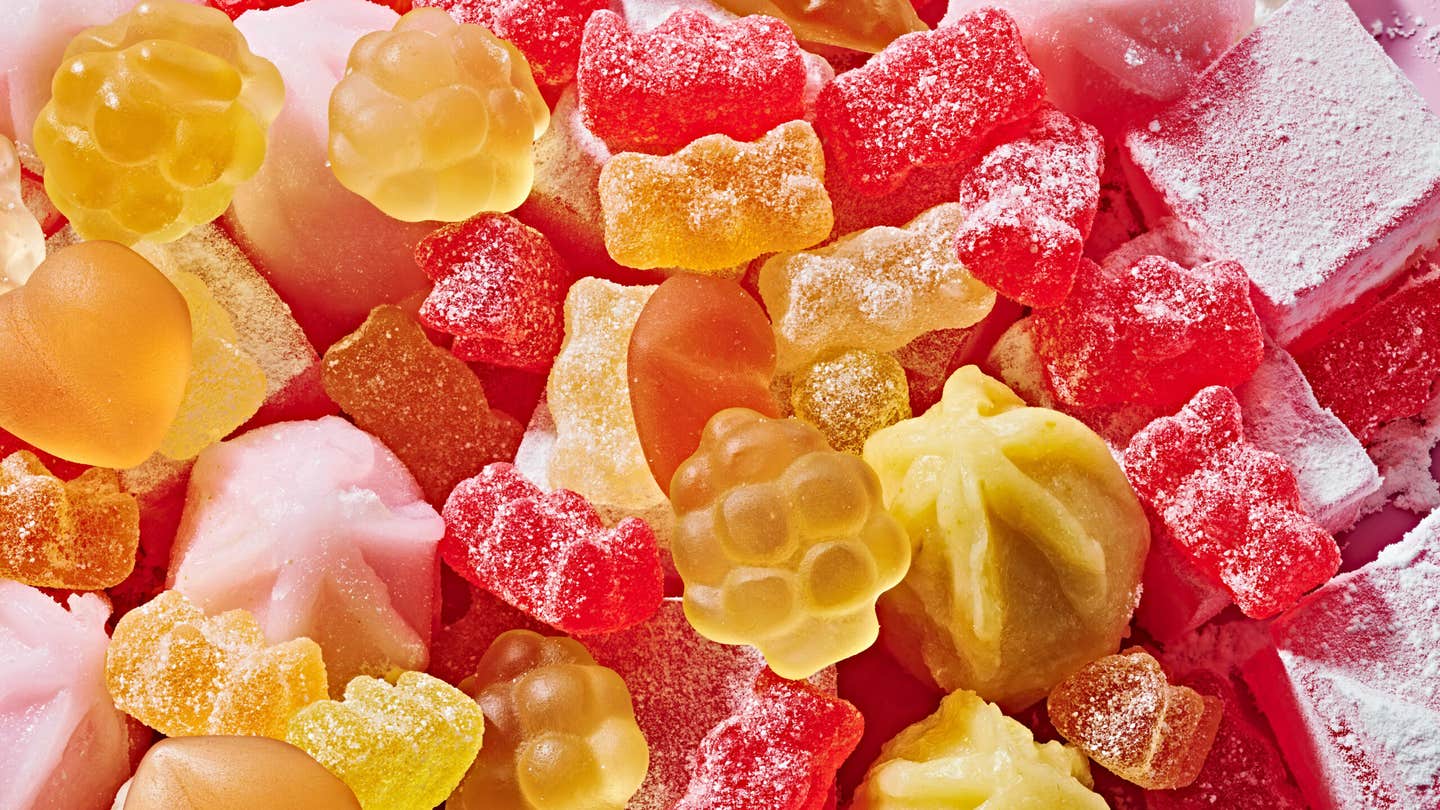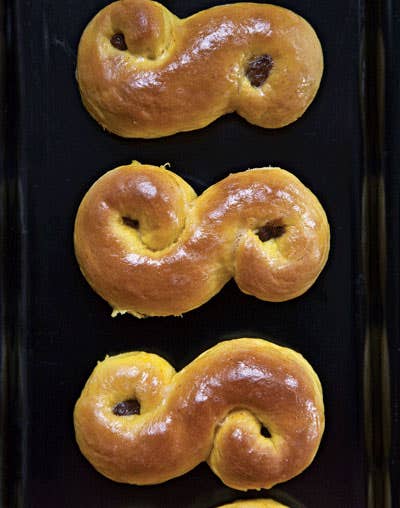
Swedish Desserts for Christmas
Swedish desserts are all about sugar and spice at Christmastime.
When I was growing up in Ohio, during the 1970s, my mom used to make something called a Swedish tea ring every Christmas. She wasn't Swedish; the recipe came out of her trusty old Betty Crocker Cookbook. It was a pretty thing, a wreath of braided yeast bread that she decorated with green and red candied cherries. The first time I brought my Swedish boyfriend, Mans, home for the holidays, in 1989, I was eager for him to try it. He was polite, as ever, but clearly unimpressed.
It wasn't until Mans and I went to Sweden to visit his parents for Christmas the next year that I understood why. The moment we arrived at their home in the small southern town of Lund on a frigid mid-December morning, I was enveloped by the warm, wintry smells of baking—butter, cinnamon, nutmeg, yeast. I had barely removed my coat before Mans's mother, Waimi, handed me a cup of strong black coffee and sat me down before a platter of Swedish desserts, including whimsically shaped gingerbread cookies, luscious-looking sponge cakes, chocolate fudge, and caramels. A few hours later, we all took another sweets-and-coffee break, and then another in the afternoon. In the evening, Mans's old friends stopped by with tins of their own home-baked cookies and candies, and his parents' sweets were hauled out again, this time with steaming cups of glogg, Sweden's beloved spiced wine. I never did encounter anything called a tea ring, but the sweets I tasted that day have since become as cherished a part of the holiday for me as anything I grew up with.
Over the 20 years that I've been traveling to Sweden with Mans (now my husband) and, more recently, with our two young daughters, Alma and Lina, I've come to understand that Swedish Christmas desserts are about more than just satisfying a sweet tooth. Swedish cooks are typically skilled at baking; during the holidays, they tend to go overboard. The urge to bake feels natural in Sweden at this time of year, with glogg simmering on the stove by early afternoon, when the sun is already setting. Candles are lit. Jokes and stories are told while cookies are decorated. At my in-laws' house, baking is worked into the course of the day as comfortably as cooking is, and everyone pitches in.
It was Mans's father, Lars-Goran, who became my teacher during our first holiday visits; not only does he speak English well, but, with his gentle manner and dry sense of humor, he strikes me as an older version of my husband and puts me at ease. "We have an old wives' tale in Sweden," Lars-Goran told me on an early visit, "that says if a visitor leaves your house without enjoying some food or drink, the Christmas spirit will leave with him." To prevent that from happening, he said, most families bake lots of different kinds of sweets. Then he produced a battered copy of a little book called Sju Sorters Kakor (Seven Kinds of Cakes), explaining that it is the most trusted source for classic holiday sweets recipes and has been a best seller in Sweden since the 1940s. I've since bought my own copy (the English version is called Swedish Cakes and Cookies; it was published in 2005 by ICA), but for years I had Mans write down recipes from his parents' well-worn edition.
By far the most popular Christmas sweet is pepparkakor, spicy, clove-scented gingerbread cookies that are cut out in traditional Swedish Yuletide shapes. Mans's family usually bakes ten dozen pepparkakor, enough to last through Christmas. We glaze some with icing and string them with ribbons to hang on the tree, but most we leave plain. The key to making pepparkakor is to roll the dough wafer thin so that they bake up crisp and break with a snap. Over the years, my daughters and I have been perfecting our dough-rolling skills, not only for cookies but also for pepparkakshus (gingerbread houses), which we decorate to the hilt with candies and frosting each year. Last year, Lars-Goran surprised us by making a perfect pepparkakshus replica of our town house in Brooklyn, New York, complete with chimneys, skylights, and a front stoop.
Many of the sweets we bake are tied to specific days of the Christmas calendar. December 13, for example, is Lucia Day, when homage is paid to the Italian-born saint, who symbolizes the arrival of light—a precious commodity during the winter in Sweden. The day before, everyone helps to make lussekatter: fluffy, buttery buns that are tinted golden with saffron. It's said that the hue imparted by the saffron represents the return of the sun after a long, cold winter. On the morning of the holiday, girls across Sweden dress up as Saint Lucia in white robes and crowns made of lingonberry sprigs and candles and hand out the buns to everyone in their home. For obvious reasons, many young kids, including my own, don battery-operated crowns.
At Mans's parents' house, the baking continues right up until Christmas. One day, we'll make fruktkaka, a crumbly fruitcake that's less dense and boozy than the American kind. The next, it'll be rulltarta—sponge cakes that are spread with cream or jam fillings and rolled into spirals—or mandelmusslor, delectable tartlets consisting of an almond-pastry shell filled with whipped cream and garnished with a dollop of Waimi's homemade gooseberry jam. Some of the prettiest sweets we make are bite-size, such as pieces of polkagriskola, a peppermint candy-studded toffee, and kokosbollar, chocolate-oat truffles rolled in shredded coconut.
By Christmas Eve, after all the season's parties and coffee breaks and visits to bakeries, most of us have had our fill of sweets. Following a smorgasbord lunch of herring, boiled eggs, and open-face shrimp sandwiches, we gather not in the kitchen for more baking but in front of the television, to take part in a curious Christmas Eve ritual observed throughout Sweden: watching Kalle Anka och Hans Vanner Önskar God Jul (Donald Duck and His Friends Wish You a Merry Christmas). This compilation of clips from classic Disney movies airs at three in the afternoon every Christmas Eve and has been a holiday staple in Sweden since the 1960s.
That night, after opening presents, we partake of one last Christmas indulgence: risgrynsgrot, creamy rice porridge. My daughters have come to love the tradition of leaving an extra bowl by the front door for the helpers of Jultomte, Sweden's Father Christmas, who need to be thanked at Christmas so that they'll protect the family's home in the coming year. The next morning, Alma and Lina always wake up to find the bowl empty—thanks to Mans, who has happily eaten every last spoonful.
Keep Reading
Continue to Next Story
